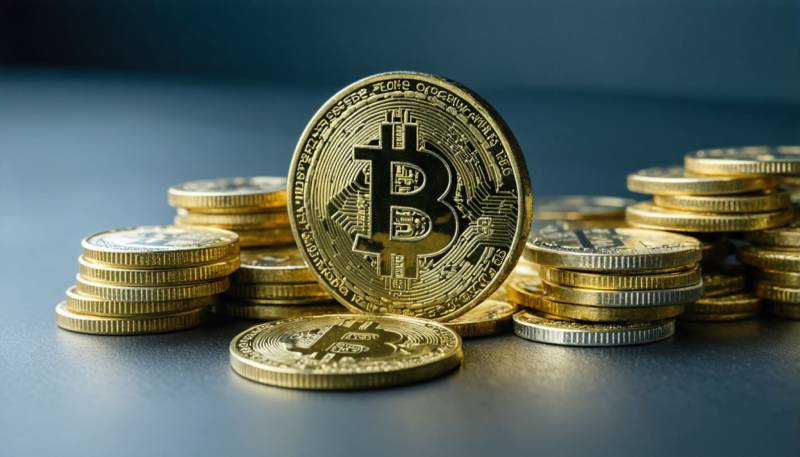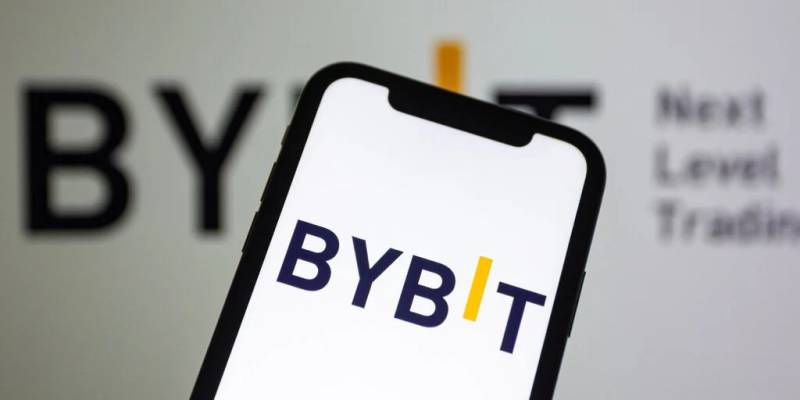 |
|
 |
|
 |
|
 |
|
 |
|
 |
|
 |
|
 |
|
 |
|
 |
|
 |
|
 |
|
 |
|
 |
|
 |
|
Cryptocurrency News Articles
Ripple’s Resurgence: Will the SEC’s Strategic Shift Spell Victory for XRP?
Feb 24, 2025 at 09:30 am
Unlike many cryptocurrencies, which seek to disrupt traditional financial systems, Ripple aims to cooperate with them, providing a faster, more transparent

A wave of optimism is sweeping through the cryptocurrency community following the recent news that the SEC has withdrawn its lawsuit against crypto exchange giant Coinbase. This unexpected development has sparked a flurry of speculation and anticipation, particularly among XRP enthusiasts, who are eagerly awaiting a potential resolution to Ripple's ongoing legal entanglements with the SEC.
The SEC's decision to drop its lawsuit against Coinbase, which was centered on the exchange's listing of several digital assets, has been widely interpreted as a sign of softening regulatory stance toward digital assets. This move follows a series of enforcement pauses and delayed appeals by the SEC, further hinting at a shift in approach.
As XRP investors anxiously await news on the SEC case, market analysts are predicting that the pent-up demand for XRP could propel the token to new heights once regulatory pressures ease. Technical charts are indicating a buildup of energy around critical support and resistance levels, suggesting a potential breakout in either direction.
With bated breath, XRP holders are closely monitoring the situation, keeping a watchful eye on mobile charts and preparing to capitalize on any favorable price movements. As the regulatory clouds continue to dissipate, the prospect of historic gains is becoming increasingly palpable, potentially setting the stage for a bull run.
In-depth analysis of Ripple (XRP) reveals its unique characteristics, use cases, and market trends, offering a comprehensive overview for investors.
Features, Specs & Pricing
As a digital currency and technology protocol, Ripple (XRP) is designed to facilitate real-time global payments. In contrast to many cryptocurrencies that aim to disrupt traditional financial systems, Ripple seeks to cooperate with these systems, offering a faster, more transparent, and cost-efficient alternative for cross-border transactions.
Key Specifications:
– Transaction Speed: Payments are processed within 4-5 seconds on Ripple's payment protocol, significantly faster than Bitcoin, which can take 10 minutes or more.
– Transaction Fees: XRP transactions incur minimal costs (often fractions of a cent), making it highly competitive for micro-payments and cross-border transactions.
– Availability: XRP is widely available for trading on various exchanges, including Binance, Kraken, and now Coinbase, following the recent SEC decision.
Real-World Use Cases
1. Cross-Border Payments: Ripple's technology is utilized by several financial institutions to facilitate cross-border payments. Among them, Santander and Standard Chartered have adopted RippleNet.
2. International Remittances: XRP offers a cheaper and faster alternative to traditional money transfer services like Western Union or MoneyGram for sending remittances internationally.
3. Smart Contracts and ICOs: While not as widely used for these purposes as Ethereum, Ripple's platform can support smart contracts and initial coin offerings (ICOs).
Market Forecasts & Industry Trends
The recent withdrawal of the SEC case against Coinbase has led analysts to speculate on a potential shift in the regulatory landscape toward cryptocurrencies. This sentiment is contributing to increased investor interest in XRP, with some anticipating price surges due to reduced legal pressures.
– Short-Term Trend: If the SEC adjusts its stance, XRP might experience rapid gains due to pent-up demand.
– Long-Term Outlook: Integration with financial institutions and the growing use of blockchain for banking solutions suggest potential steady growth.
Controversies & Limitations
Despite offering significant advantages, Ripple faces several challenges that investors should be aware of:
– Centralization Concerns: Critics argue that Ripple's control over its token XRP does not align with the decentralized ethos of average cryptocurrencies.
– Legal Challenges: While the Coinbase victory is promising, Ripple's legal battles are ongoing and pose a risk to potential investments.
Reviews & Comparisons
– Compared to Bitcoin: While Bitcoin remains a store of value, Ripple is more focused on payment processing, potentially offering more practical, real-world benefits.
– Compared to Ethereum: Ethereum's primary focus on smart contracts and decentralization contrasts with Ripple's streamlined payment system-oriented design.
Pros & Cons Overview
Pros:
– Fast transaction processing speeds.
– Low transaction fees.
– Strong partnerships with significant financial institutions.
Cons:
– Legal uncertainties.
– Issues regarding its centralization.
– Dependence on banking partnerships which can be subject to geopolitical changes.
Security & Sustainability
In terms of security, Ripple employs a unique consensus algorithm that differs from both Proof-of-Work (PoW) and Proof-of-Stake (PoS) models. Known as Unique Node Lists (UNL), this algorithm involves a rotating group of trusted validators who contribute to transaction verification and consensus.
When it comes to energy consumption, Ripple's protocol is designed to be significantly more sustainable compared to cryptocurrencies that rely on PoW mining. This energy-intensive process, used by Bitcoin and others, contributes to high electricity usage and environmental concerns. Ripple's protocol, on the other hand, is optimized for efficiency and lower energy footprint.
Actionable Recommendations
– Invest Cautiously: Keep in mind that the cryptocurrency market is inherently volatile, and while
Disclaimer:info@kdj.com
The information provided is not trading advice. kdj.com does not assume any responsibility for any investments made based on the information provided in this article. Cryptocurrencies are highly volatile and it is highly recommended that you invest with caution after thorough research!
If you believe that the content used on this website infringes your copyright, please contact us immediately (info@kdj.com) and we will delete it promptly.
-

- Unraveling the Cryptocurrency Evaluation Dilemma: A Deeper Dive into Crypto Valuation
- Feb 24, 2025 at 04:20 pm
- In this volatile marketplace, casting aside superficial metrics for comprehensive analysis lights the way to smarter, informed decisions—an essential guide as the crypto realm continues to haunt its future path.
-

- The Best Pachirisu ex Deck for Pokemon TCG Pocket: Space-Time Smackdown Era
- Feb 24, 2025 at 04:20 pm
- During Pokemon TCG Pocket’s Space-Time Smackdown era, Pachirisu ex was overshadowed by Darkrai ex and Exeggutor ex. However, it remained a reliable option—even in decks where it served as the sole attacker.
-

-

-

-

-

-

- North Korean Hackers Launder $140M of Bybit Loot, Targeting Bitcoin as Elliptic Tracks Transactions
- Feb 24, 2025 at 03:00 pm
- The misappropriated assets are being methodically transferred through untraceable exchanges before being converted into Bitcoin, a method that complicates the recovery efforts, as noted by Elliptic in a blog post on Saturday.
-

- Bybit Freezes $42.89M of Hacked Funds, Thanks Tether, Circle, Avalanche, Bitget and More
- Feb 24, 2025 at 03:00 pm
- Bybit said on Sunday it froze $42.89 million of the hacked funds thanks to the efforts of multiple parties as the cryptocurrency exchange shores up its reserves after the shocking $1.4 billion exploit.






















































